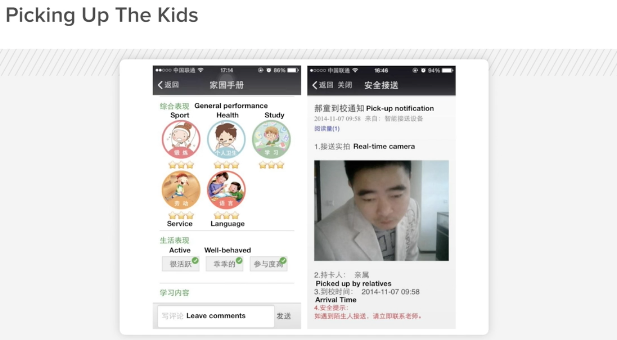Trends in China & Lessons from WeChat
Trends in China & Lessons from WeChat
- Last Updated: December 2, 2024
Yitaek Hwang
- Last Updated: December 2, 2024



In the past, we’ve featured several a16z summit series presentations in Last Week in the Future (see 16 Questions About Self-Driving Cars by Frank Chen or Mobile is Eating the World by Benedict Evans). This week we analyze connie chan’s presentation, “Trends in China” , which explores parallels in the US and what WeChat’s success can teach us in virtual assistant design.
Mobile-First China
Google, Apple, Facebook, and Amazon have all played huge roles in pushing the mobile S-curve from creation to deployment stage. Some may argue that in China, the mobile S-curve is already passing the scaling stage into the maturity phase. There are 656 million smart phone users (twice the entire population in the US), and in Beijing alone, there are 23 million users, equivalent to the population of Australia.
Most importantly, many of those 656 million smart phone users spend much of their time on a single app called WeChat. You can read Dune Lawrence’s article “Life in the People’s Republic of WeChat” or just ask any friends in China. WeChat allows you to do everything from ordering delivery to paying for utilities.

Connie Chan gives three examples of seamless user experience. One can book a doctor’s appointment on WeChat and even schedule to pick up the prescription from approved pharmacists. On the same app, you can track how your kid is doing at kindergarten and have visual confirmation that someone who picked up your kid. Finally, without having to open up UberEats or Postmates, you can order food for delivery on WeChat.

Doesn’t This Sound Familiar?
I argue that WeChat is currently offering what has been promised by complete IoT solutions and, more specifically, virtual assistants. Even though the App Store is dominated by a handful of apps (Facebook, Snapchat, Instagram), we don’t have the same kind of seamless integration as WeChat. To a certain extent, this was the goal of virtual assistants, backed by new, AI-driven voice-interfaces.
Amazon wanted Alexa to be the hub where users go to order a taxi, schedule deliveries, and share social content. Google wants the same thing with Google Home, and so does Apple with Siri and Facebook with M.
Frictionless computing, driven by chat bots and voice interfaces, is beginning to unbundle apps and shape new behaviors in ecommerce, but we have a long way to go before it offers the same level of experience as WeChat.
So What’s Different in China?
China, with its enormous population, presents unique opportunities for digital markets. The economy of scale makes sense with such a high population density in huge cities. Also, it’s important to note the popularity of digital transactions.

The Chinese prefer to use WePay or AliPay via QR codes rather than use credit cards. Despite Venmo’s popularity amongst millennials, Apple and Samsung Pay have yet to reach the ubiquity of WePay/AliPay, perhaps due to the strong establishment of credit card culture in the US.
Still, as we transition into an AI-first society, we can learn from the success of these Chinese giants. Digital payments add more functionality than simplifying transactions via smart phones. They create deeper brand engagements by sending users coupons and allowing vendors to geo-target their customers.

Another trend to note is the popularity and effectiveness of live-streaming campaigns. Xiaomi’s live stream event drew 39 million viewers, and Alibaba’s sellers now utilize live broadcasts to raise customer engagement.
Live streaming events aren’t limited to ecommerce either. Customer interactions through live streaming events, where viewers can send stickers or Internet currency, pervade media, gaming, and even eating culture.
Looking Forward
China has already leapfrogged the US in multiple categories, from email/SMS, to payments, and to media.

Although there are obvious cultural and circumstantial differences here in the US versus China, we can apply these lessons as we build out a more connected future.
5G, VR, and AI are all promising technologies, but we can no longer afford to put user experience as an afterthought. Customers don’t want “smart” devices or services that offer no value; they want a seamless experience made possible by frictionless computing.
The Most Comprehensive IoT Newsletter for Enterprises
Showcasing the highest-quality content, resources, news, and insights from the world of the Internet of Things. Subscribe to remain informed and up-to-date.
New Podcast Episode

Moving Past the Pilot Phase in IoT and AI
Related Articles
Are We Running Out of Infrastructure Capacity? What IoT Leaders Need to Know
December 18, 2025

Clarity Wins: What the Blue Jays’ World Series Run Teaches Tech Leaders About Alignment and Execution
October 24, 2025

The 7 Worst Examples of IoT Hacking and Vulnerabilities in Recorded History
October 3, 2025
